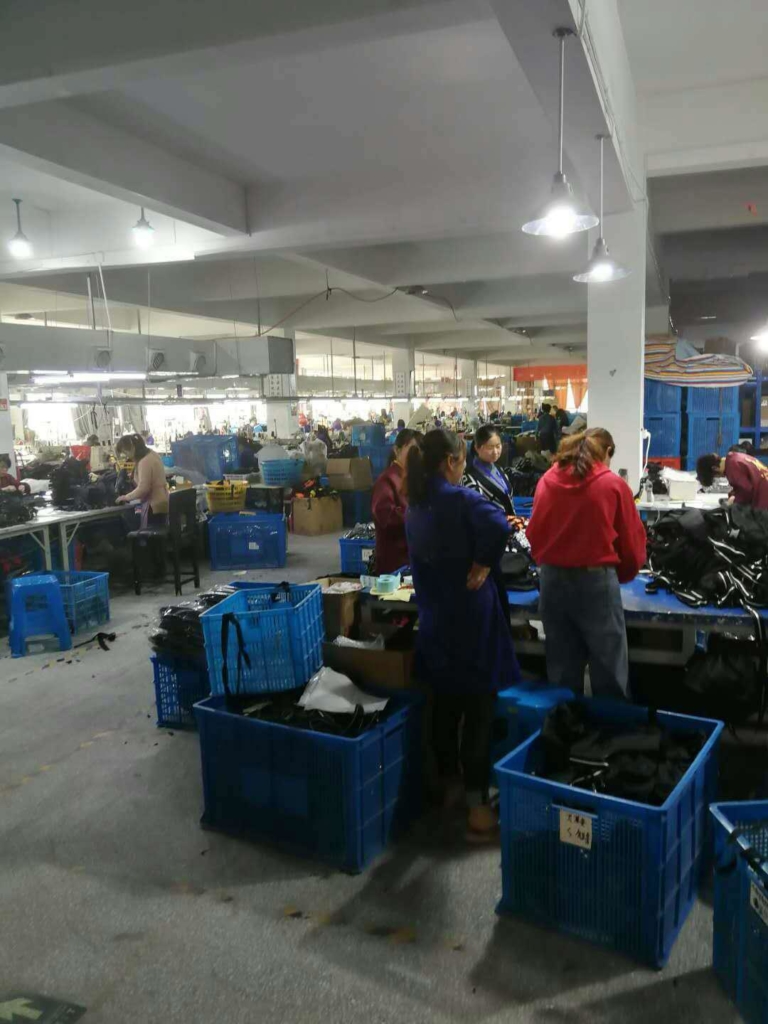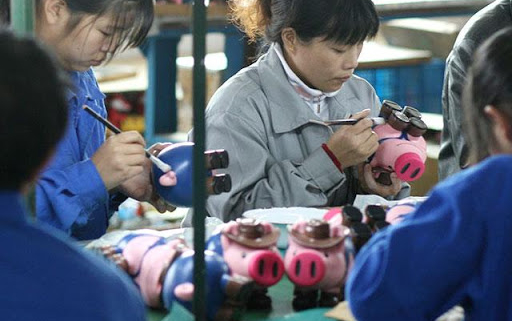The global pet market share was about 105 billion dollars in 2015 according to a global market research firm. More and more families are keeping at least one pet. This also causes the increase of pet stores, grooming shops, and other industry related businesses. If you happen to be an owner of a pet supply store, this post will share the tips on how to choose the right pet products manufacturers.

Check their Website
Almost every manufacture has one these days. Information on where the factory is located, how many workers they have, and whether they are a real manufacturer or just a trading company. It seems that this is quite simple to say, but it’s important to make sure you are doing business with a trustworthy company. Since you want this to be a long term relationship, a trusted business partner is the foundation of your success.
Start with a Sample
You can visit the manufacturer’s website and send them an inquiry about a product you’re interested in. If the price works, you can move forward with a sample. Usually they require you to pay for the sample and associated shipping costs. This is customary because they also want to check if you are serious to do business with.
If you want to customize your own style after the sample arrives, you can make some comments on it and request an updated sample. When the product is to your liking, you can proceed to the production process.
Visit The Factory (if needed)
If you plan plan to purchase a large quantity of products, it’s best to visit their factory before placing your order. You’ll need to confirm the visit date with them and make sure they are prepared to show you the products you plan to purchase.

Here are some tips for your factory visit.
- Check that their factory is tidy and orderly. Some factories are in a state of mess. This will tell you about their management situation. Don’t expect quality products from a messy factory.
- Remember to check that they have their own QC (quality control) team. This can ensure your production maintains a steady quality. It can cause headaches on your end to find parts of your order filled with manufacturer defects.
- Negotiate the payment terms. Usually the manufacturers will require 30% TT (bank transfer) and 70% against the B/L(bill of lading) to their new customers. This is so that they don’t get stiffed.. After your business partnership lengthens, you can negotiate better payment terms with them. You can do L/C (letter of credit), DP (down payment), and more.




